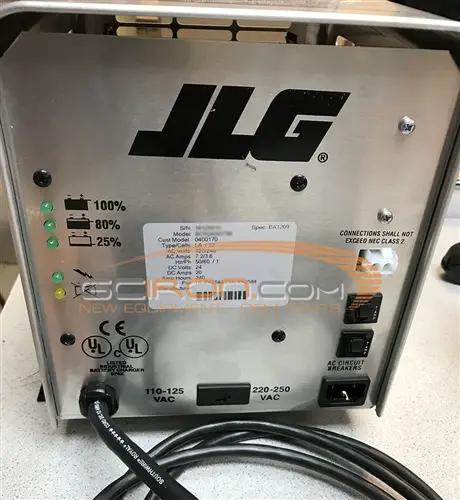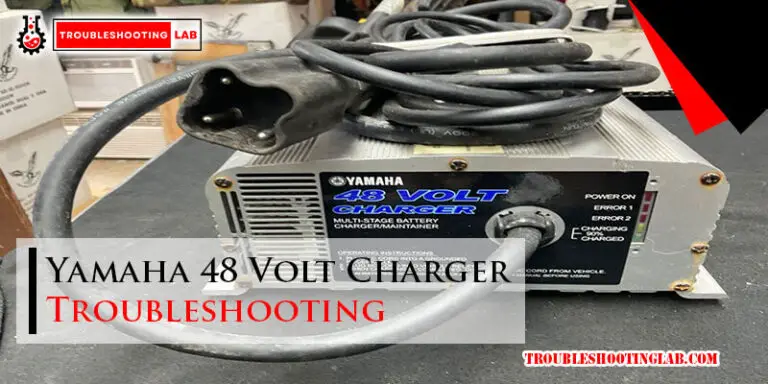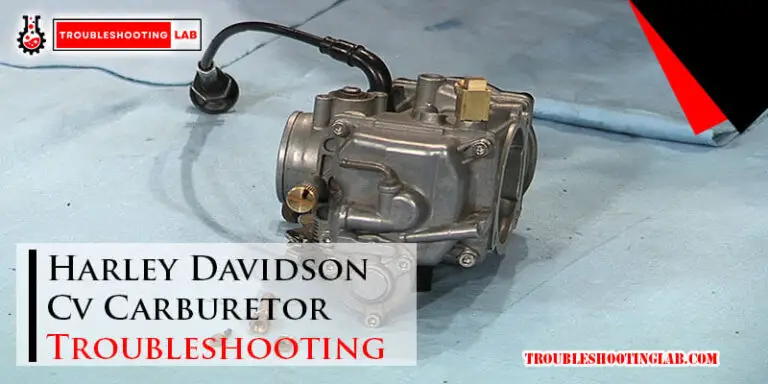Boss Plow Troubleshooting: Expert Tips & Solutions
Are you tired of dealing with unexpected issues when operating your Boss Plow? You’re not alone.
Many plow owners face similar challenges, especially during peak snow seasons. But what if you could tackle these problems head-on with confidence? Imagine saving time, money, and avoiding frustration by knowing exactly what to do when your plow doesn’t perform as expected.
In this guide, we’ll walk you through straightforward troubleshooting steps to keep your Boss Plow running smoothly. You’ll discover practical tips and solutions that are easy to understand and implement, ensuring you’re prepared for whatever winter throws your way. Stay tuned to unlock the secrets to efficient plow maintenance and operation.
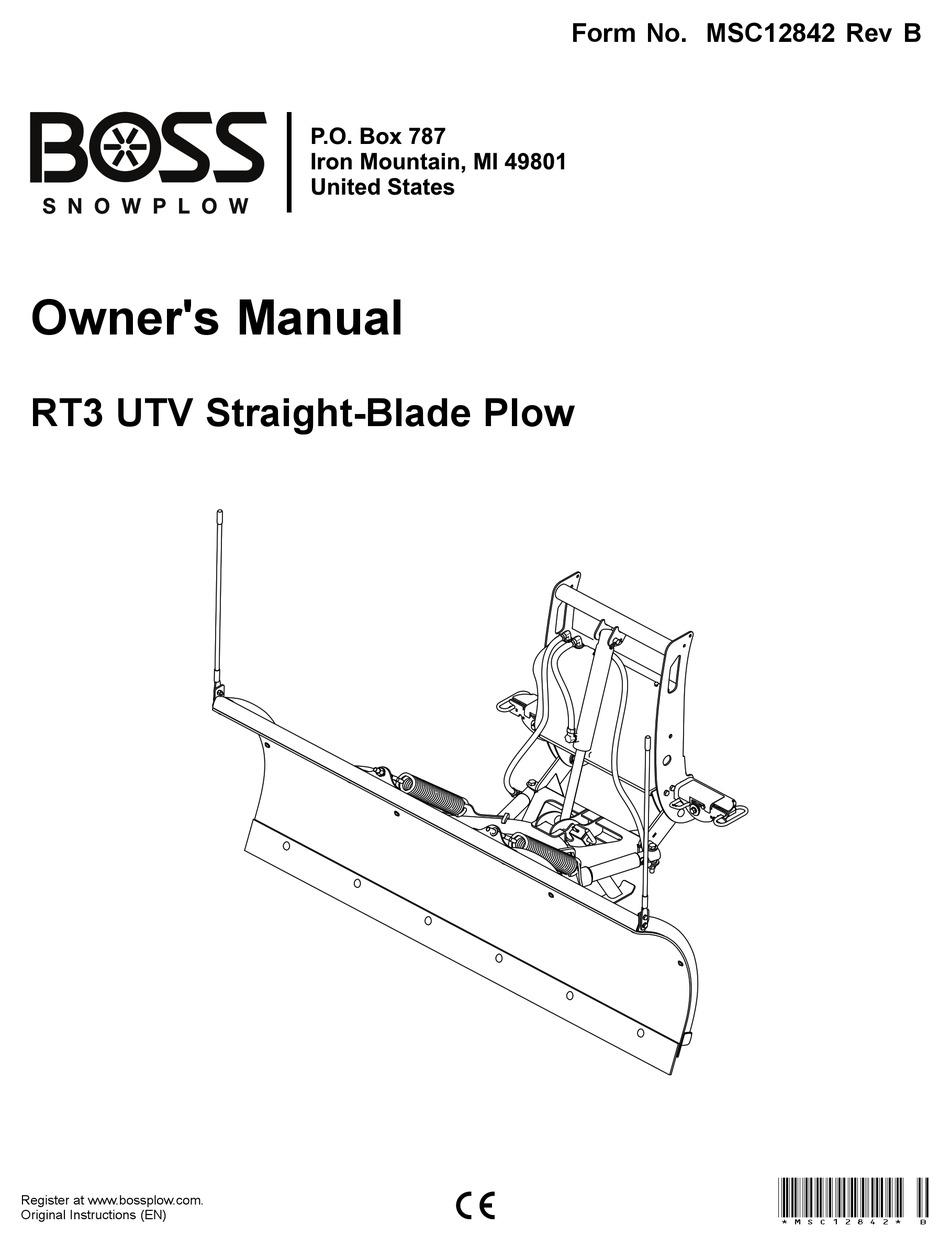
Credit: www.manualslib.com
Common Issues With Boss Plows
Boss plows can face issues such as hydraulic problems and electrical malfunctions. Troubleshooting often involves checking connections and fluid levels. Regular maintenance ensures smoother operation and prevents common breakdowns.
Dealing with a Boss Plow can be a tough job, especially when unexpected problems arise. Understanding common issues is crucial for keeping your snow removal tasks smooth and efficient. Let’s dive into some typical problems you might face and how to address them effectively.Hydraulic Problems
Hydraulic systems are the lifeline of your Boss Plow. A common issue is slow or erratic blade movement. This could be due to low hydraulic fluid levels or air trapped in the system. To fix this, check the fluid reservoir and add more if needed. Bleeding the system might also be necessary to remove air bubbles. Have you ever noticed your blade lifting slower than usual? It might be time to inspect the hydraulic hoses for leaks or cracks. Replacing damaged hoses can restore optimal performance.Electrical Malfunctions
Electrical problems can stop your plow in its tracks. Loose connections or corroded terminals are often the culprits. Make sure all connections are tight and clean. Using dielectric grease can help protect against future corrosion. If your plow lights are flickering, it might be an issue with the wiring harness. Checking for frayed wires and repairing them can solve the problem. Have you experienced intermittent power? This could be due to a faulty solenoid or relay. Replacing these components can ensure consistent operation.Blade Control Issues
Blade control is essential for precise snow removal. If your blade isn’t responding, it may be a joystick or controller issue. Try recalibrating or resetting the controller settings. This simple step can often resolve control problems. Is your blade stuck in one position? Inspect the linkage and pivot points for obstructions or damage. Clearing debris or lubricating moving parts can restore full range of motion. Consider how these small issues can turn into bigger headaches if ignored. Regular maintenance and prompt troubleshooting can save you time and frustration. What steps will you take to keep your Boss Plow in top shape? Addressing these common issues now can make a big difference in your snow removal success.
Credit: www.youtube.com
Diagnosing Hydraulic Problems
Identifying hydraulic issues with Boss Plows requires careful observation. Listen for unusual noises or check for leaks in hoses. Inspect fluid levels and connections to ensure efficient operation.
Diagnosing hydraulic problems in a Boss Plow can be challenging. Understanding the hydraulic system is essential for efficient troubleshooting. The system powers essential functions like lifting and angling the plow. Regular maintenance helps prevent issues. But problems can still occur. This guide will help you identify and address common hydraulic issues.Fluid Levels And Leaks
Check hydraulic fluid levels regularly. Low fluid can cause performance issues. Refill to the recommended level if needed. Inspect hoses and connections for leaks. Leaks can lead to fluid loss and air entry. Tighten connections or replace damaged hoses.Pump And Motor Checks
The hydraulic pump and motor are crucial components. Ensure the motor is receiving power. Listen for unusual noises from the pump. Noises can indicate wear or blockages. Inspect for any visible damage. Replace faulty parts immediately.Valve Functionality
Valves control the flow of hydraulic fluid. Ensure valves are clean and free of debris. Dirty or blocked valves hinder performance. Check for proper valve operation. A malfunctioning valve affects plow movement. Consider professional help if problems persist.Addressing Electrical Malfunctions
Boss plows are reliable, but sometimes electrical issues happen. These malfunctions can stop your plow from working. Knowing how to address electrical problems is crucial. Fixing these issues ensures your plow runs smoothly. Let’s dive into common electrical malfunctions.
Battery And Wiring
The battery is the heart of your plow’s electrical system. Check if it’s charged and in good condition. Inspect the wiring for damage or loose connections. Frayed wires can cause short circuits. A clean and secure connection is vital for efficient power flow.
Solenoid And Fuses
The solenoid controls the power flow to the plow motor. If it fails, the plow won’t operate. Check if the solenoid clicks when activated. No click means it might be faulty. Fuses protect the electrical system from overload. Ensure they are intact and not blown.
Controller And Connections
The controller sends commands to the plow’s components. Make sure it’s properly connected. Loose connections can disrupt communication. Inspect the controller’s wiring for any wear. Ensure the connectors are clean and seated firmly. This ensures the plow responds to commands effectively.
Resolving Blade Control Issues
Resolving blade control issues with your Boss Plow can be crucial during those icy winter months. When the blade doesn’t respond as expected, it can lead to inefficiencies and frustrations. Understanding the core areas of alignment, wear, and blade angles can help you ensure your plow is ready for action. Let’s dive into practical solutions for these common challenges.
Alignment And Positioning
Proper alignment is key to effective blade control. Misalignment can cause the blade to veer off course or get stuck, which can be a headache during heavy snowfalls. Check the mounting components regularly. Are they securely fastened and aligned? A simple adjustment with a wrench can often resolve these issues.
Consider the previous snowstorm you tackled. Did the plow respond smoothly? If not, it might be time to reassess the alignment. Ensure the blade sits flush against the ground and make adjustments as necessary. This can prevent undue wear and improve control.
Wear And Tear Inspection
Inspecting for wear and tear is a proactive step in troubleshooting. Look closely at the hydraulic hoses, connectors, and the blade itself. Are there any cracks or frays? These can impair blade movement and control.
Think about the last time you checked these elements. If it’s been a while, make it a routine before each season. Replacing worn parts can restore functionality and prevent costly repairs down the line. You might be surprised how a small fix can significantly enhance performance.
Adjusting Blade Angles
Blade angles can dramatically affect control. Adjusting the angles ensures efficient snow removal and reduces stress on the plow. Begin by checking the angle settings. Are they appropriate for your current plowing conditions?
Consider adjusting angles when dealing with varying snow depths or terrains. Small tweaks can make a big difference in how the plow handles snow. If your plow isn’t clearing effectively, experimenting with different angles might be the solution.
Have you tried adjusting angles in the past? Reflect on those experiences and how they improved control. Tailoring angles to specific conditions can boost efficiency and make your plowing efforts more rewarding.
Resolving these blade control issues can transform your plowing experience. Which area do you think needs immediate attention on your Boss Plow? Taking these actionable steps can ensure you’re always prepared for whatever winter throws your way.
Maintenance For Optimal Performance
Maintaining your Boss Plow is crucial for ensuring it performs optimally during those harsh winter months. Whether you’re new to plowing or a seasoned pro, regular maintenance can save you time, money, and headaches. Imagine heading out for a job only to find your plow isn’t working properly. A few simple checks can prevent this scenario and keep your equipment running smoothly.
Routine Checks And Services
Routine checks are the backbone of plow maintenance. Before each use, inspect the hydraulic fluid levels and look for leaks. Check the cutting edge for wear and tear; replacing it before it’s worn can save the plow and your driveway from damage. Perform a visual inspection of the electrical connections to ensure they are secure and free of corrosion. These checks might seem tedious, but they are quick and can prevent bigger issues down the line.
Seasonal Preparations
Preparing your plow for the season is like prepping your car for a road trip. As winter approaches, check the plow’s alignment and make sure all bolts are tightened. Grease all moving parts to ensure smooth operation. Consider switching to a winter-grade hydraulic fluid to cope with the cold temperatures. These steps help your plow handle the season’s challenges with ease.
Safety And Efficiency Tips
Safety should be your top priority. Always wear appropriate gear to protect yourself from the cold and potential hazards. Use the plow at recommended speeds to prevent accidents. An efficient plow isn’t just about speed; it’s about clearing snow effectively while minimizing wear on the equipment. Would you rather spend a little extra time on maintenance now or face costly repairs later?
Regular maintenance transforms your plow from a mere tool to a reliable partner in your snow-clearing endeavors. When you give your equipment the attention it deserves, it rewards you with optimal performance, safety, and efficiency. Remember, a well-maintained plow is your best ally in tackling winter’s fury.
Expert Tips For Efficient Troubleshooting
Efficient troubleshooting of Boss Plows is crucial for smooth operations. It saves time and prevents unnecessary stress. Understanding common problems helps in quick fixes. This section provides expert tips to enhance your troubleshooting skills.
Essential Tools And Equipment
Having the right tools is vital. A multimeter can detect electrical issues. Carry a wrench set for tightening bolts. Ensure you have hydraulic fluid on hand. A flashlight is helpful in low-light conditions. Keep a wire brush to clean connections. A torque wrench ensures proper pressure application.
Consulting Professional Help
Sometimes expert help is necessary. Seek a professional for complex issues. They provide detailed diagnostics. Professionals have advanced equipment. They can perform intricate repairs. Consulting an expert saves time and effort. It ensures the plow functions efficiently.
Preventive Measures
Prevention is better than repair. Regular maintenance avoids major issues. Inspect hydraulic lines frequently. Clean electrical connections regularly. Check fluid levels often. Lubricate moving parts routinely. Tighten loose bolts periodically. These measures keep the plow in top condition.
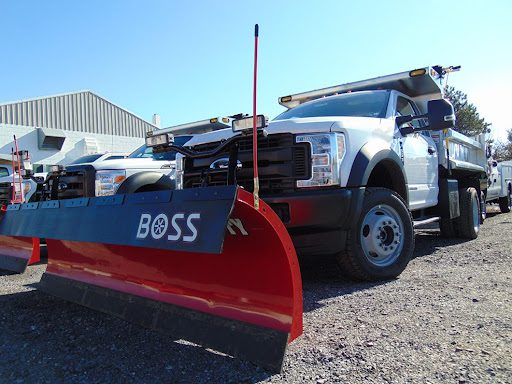
Credit: levanmachine.com
Conclusion
Solving Boss Plow issues keeps your equipment running smoothly. Regular maintenance prevents future problems. Always check connections and wiring. Clean the plow for better performance. Consult the manual for specific guidance. Professional help is useful for complex issues. Online forums offer helpful tips and community support.
Keep spare parts handy for emergencies. Regular inspections save time and money. Understanding these basics enhances your plow’s lifespan. Enjoy hassle-free snow clearing with a well-maintained plow. Stay prepared and proactive this winter season.

